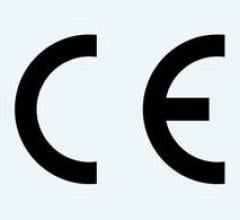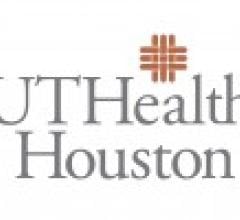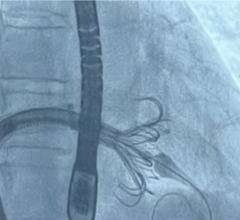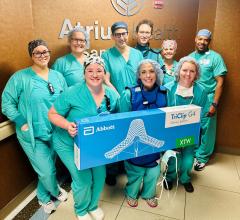January 3, 2008 - Medical Simulation Corp. and Edwards Lifesciences Corp. will launch the Edwards SAPIEN Transcatheter Heart Valve (THV) Training Program in Europe to provide commercial product training for surgeons and cardiologists.
The Edwards SAPIEN transcatheter aortic heart valve with the RetroFlex transfemoral delivery system received CE Mark approval in September 2007, and the Edwards SAPIEN valve with the Ascendra transapical delivery system was CE approved in December 2007.
Medical Simulation and Edwards Lifesciences have worked together since 2004 to develop a comprehensive THV procedure training program for surgeons and cardiologists during U.S., Canadian and European clinical trials. With CE Mark approval in Europe, the training program is now focused on providing commercial product training for physicians that includes online training, an advanced combination of didactic and simulation education integrated with cases studies and hands-on product education with expert physician proctoring.
"Simulators contribute tremendously giving physicians the opportunity to become familiar with the procedure before they actually have to perform it in patients," John Webb, M.D., St. Paul’s Hospital, Vancouver, BC, and physician course director for THV simulation development.
Medical Simulation’s SimSuite simulation technology fully integrates the THV product into a comprehensive patient simulator, allowing physician trainees to conduct the procedure as close to real life as possible, including managing early learning-curve complications that can now be avoided with proper techniques learned in the clinical trials.
The Edwards SAPIEN THV integrates balloon-expandable stent technology that uses Edwards’ proprietary bovine pericardial tissue. The Edwards SAPIEN valve is compressed onto a balloon to the approximate diameter of a pencil and then either threaded through the patient’s circulatory system from the leg (transfemoral delivery) or inserted between the ribs (transapical delivery) and deployed across the patient’s diseased aortic valve, while the heart continues to beat. In both cases, the procedure is completed without open-heart surgery or cardiopulmonary bypass, providing an important treatment option for patients considered to be high-risk for traditional open-heart surgery.
For more information: www.medsimulation.com and www.edwards.com


 March 31, 2025
March 31, 2025 








